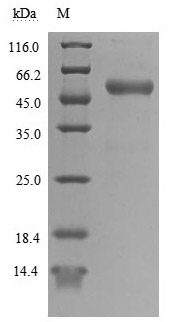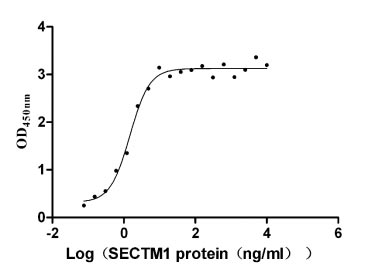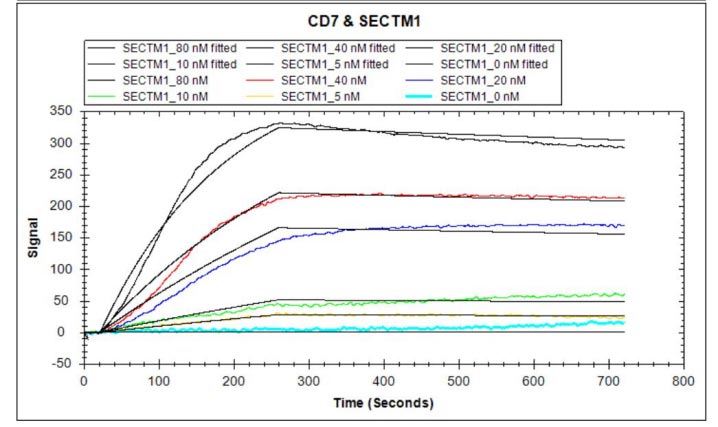CD7 is a 40kDa transmembrane glycoprotein and belongs to the Ig superfamily. CD7 is mainly expressed in thymocytes, peripheral blood T cells and NK cells, and also in B cells and myeloid cells in the early stages of development. The appearance and disappearance of CD7 is an important marker to distinguish the malignant transformation of T cells and NK cells. Some studies have shown that CD7 is highly expressed on immature malignant T cells, and the expression of CD7 is related to the prognosis of leukemia, but in mature malignant T cells. Malignant T cells do not express CD7. In addition, CD7 is also expressed in malignant B-cell lymphomas.
In tissue cells: CD7 can bind the Gal1. Gal1 is expressed in numerous tissues, including thymic tissue, and mediates apoptosis of thymocytes and mature T cells. Cells lacking expression of CD7 molecules were insensitive to Gal1-mediated apoptotic responses. But after transfection with the CD7 receptor gene, these cells respond markedly to CD7-mediated apoptosis. Lymphocytes expressing CD7 in the early stage may play a role in cell selection under the mediation of Gal1.
In immune cells: CD7 and CD3 are a pair of potent signaling molecules that co-stimulate mitosis and play an important role in mediating T cell activation, proliferation, and IL-2Rα expression in PBMC. The activation of CD7 can also stimulate T cells to produce cytokines such as IL-2, TNF-α, TNF-β, GM-CSF, etc.
More Interesting read related CD40>>
Popular Product
Recombinant Human T-cell antigen CD7(CD7),partial (Active) (CSB-MP004953HU)
Validated Data
Purity determined
by
SDS-PAGE

Greater than 94.5% as determined by SDS-PAGE.
The binding activity of CD7-SECTM1 validated by functional ELISA

Immobilized CD7 at 5 μg/ml can bind SECTM1 (CSB-MP819898HU), the EC50 is 1.236-1.773 ng/ml.
The binding activity of CD7-SECTM1 validated
by LSPR

Human CD7 protein captured on COOH chip can bind Human SECTM1 protein with an affinity constant of 1.84 nM as detected by LSPR Assay.







